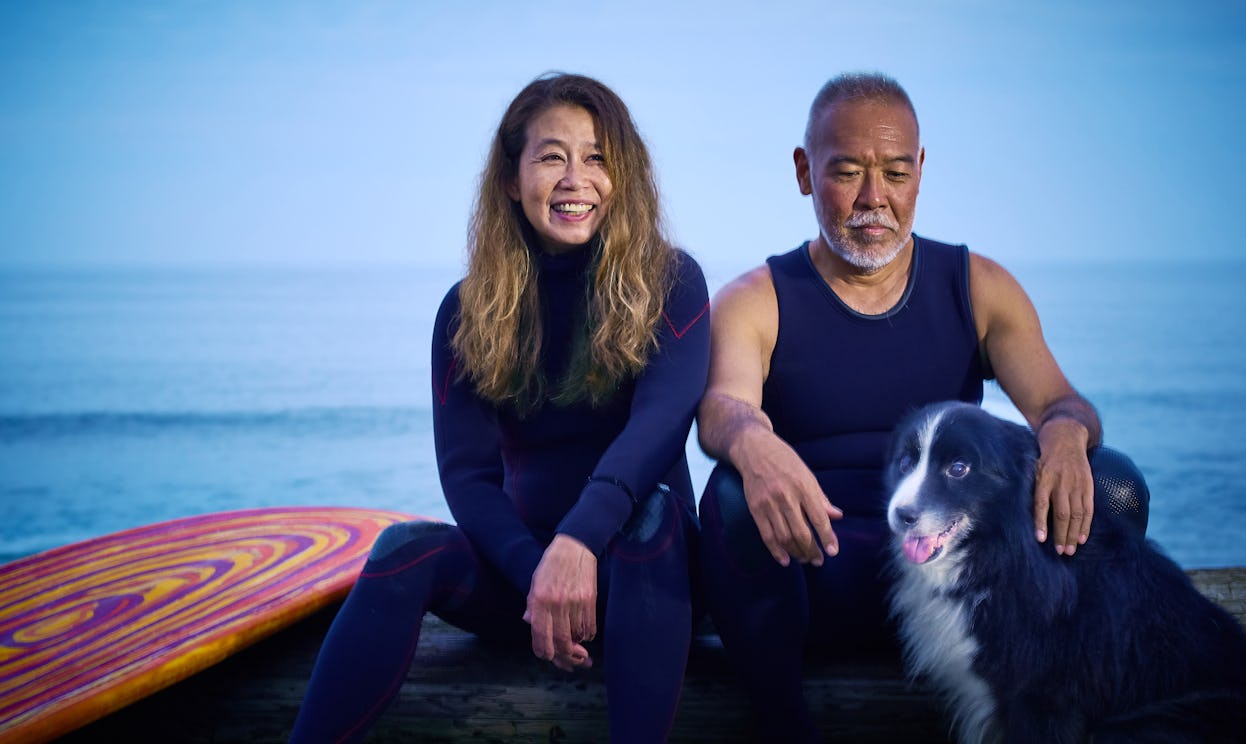Age
In the 1960s, advertising geared toward teenage baby boomers kicked off an era of youthful obsession. Sixty years later, our industry continues to overemphasize youth. While the young are revered as vital, beautiful, and desirable, older people are dismissed as frail, withered, and woefully out of step—if not left out altogether. It’s time for diverse and inclusive marketing that features an array of ages in ways that challenge these outdated clichés.
Insights & ideas
The wealthiest generation
Proportionately, older age groups are portrayed far less often than others. In fact, people over 50 appear in only 15% of media images even though they make up 46% of the US adult population and are some of its most avid shoppers.1 Baby boomers alone hold 70% of the disposable income in the US—and they’re shopping for a lot more than incontinence products and cemetery plots.2 With more time and money on their hands, older adults are simply too valuable for marketers to ignore.


Surfing the silver wave
According to The New York Times, of the 15% of media images showing older age groups, only 13% show older individuals working and less than 5% show them using technology. These percentages are a stark contrast to reality, with people over 50 making up a third of the US labor force and 69% of those between 55 and 73 owning a smartphone. In fact, those over 50 are much more tech savvy than marketers give them credit for. Nearly half of these “silver surfers” are active on social media and shop online to the tune of $7 billion a year.3 Inclusive marketing should aim to accurately portray older consumers as the active, highly engaged members of society they are.
Old is the new young
Today’s older generations are redefining the very idea of old. In fact, an American Psychosomatic Society study on differences in age perceptions seems to prove the adage that you’re only as old as you feel. Most folks said they feel at least 15% younger than their actual age, and this youthful outlook was associated with living longer and having better health. Portray these consumers as stereotypically old and you’ll be alienating many of the very people you should be wooing.

Extreme misrepresentation
In marketing, adults over 50 are often portrayed in extremes. They’re either shown as sad and seated with a caretaker, or they’re barefoot on a beach with the breeze flowing through their gray hair. Where are the older people who are running businesses, raising children, volunteering in their communities, or going back to school? The more nuanced we make our portrayals of older generations, the more authentic and compelling our work will become.
Making the medium work
When you’re marketing to the over-50 crowd, keep in mind that eyesight and hearing tend to deteriorate over time. So tiny gray text, however lovingly crafted it may be, could require more effort from your reader than they think it’s worth. To make sure your message isn’t missed, follow accessibility guidelines like clear speech with minimal background noise in audio, color contrast, and avoidance of italics and all caps.
- AARP, Media Image Landscape:
Age Representation in Online Images ,” AARP.com, Sep 2019. - Power, Brett, “Is Your Business Ignoring the Generation That Can Make You Rich
? ,” Inc., May 20, 2019. - Garrido, Maria, “Rise of the ‘Silver surfers’; why 55+ generation is important for brands,” ET Brand Equity, Jul 31, 2019.
